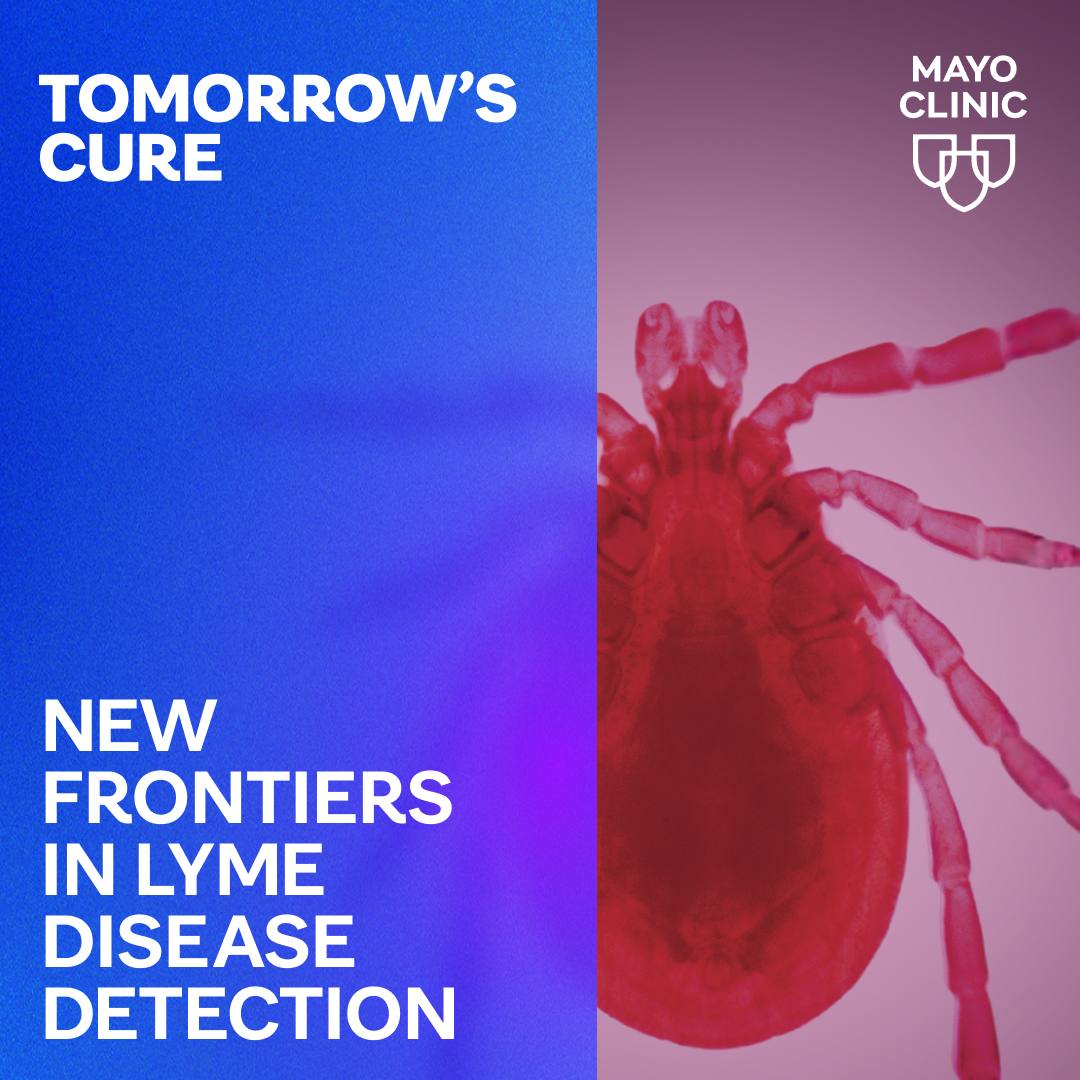-
Trailblazers, part 3
In this Trailblazers series, Mayo Clinic highlights the contributions of women physicians and scientists at Mayo Clinic during Mayo's early years. These women in medicine prepared the way for more trailblazers in the decades that followed.

In the first article in this series, we shared the stories of six women appointed to staff at Mayo Clinic between 1889 and 1926, when there were very few women in the field.

In "Trailblazers, part 2" we shared the stories of extraordinary women who forged careers for themselves at Mayo Clinic from 1932 to 1956.
Now in this third installment, we shine the spotlight on six women physicians and scientists who made great strides in medicine at Mayo Clinic from 1940s through the 1960s.

Mary Giffin, M.D.
Dr. Giffin was born in Rochester, Minnesota; her father, Herbert Giffin, M.D., served as the first chair of Mayo Clinic Emeritus Staff. After completing her medical degree at Johns Hopkins University and an internship at Strong Memorial Hospital, in Rochester, New York, she returned to Mayo Clinic to join the internal medicine neurology and psychiatry residency program. She joined the Mayo Clinic Neurology and Psychiatry staff in 1949 and went on to specialize in child psychiatry. She co-authored "A Cry For Help," a book on teenage suicide and lectured extensively on collaborative research in the study of juvenile delinquency, schizophrenia, and psychiatric backgrounds in criminality. She left Mayo Clinic in 1958 to serve as medical director of Josselyn Clinic in Highland Park, Illinois, where her work received recognition by the Illinois Senate.

Gertrude Pease, M.D.
Dr. Pease was born in Fort Harrison, Montana, and came to Mayo Clinic to pursue a residency in pathology. She joined the Mayo Clinical Pathology staff in 1946. She served as an associate professor of pathology at Mayo Clinic and University of Minnesota. She is known for her pioneering work in the procedures for the critical pathologic review of sections of bone marrow.

Lillian Elveback, Ph.D.
Dr. Elveback received her doctorate in statistics at University of Minnesota and came to Mayo Clinic to complete a fellowship in 1952. In 1965 she returned to Mayo Clinic and joined the staff in the Section of Medical Statistics, Epidemiology, and Population Genetics. She later assisted in the development of Rochester Epidemiology Project, a unique population health resource that is still flourishing today. She co-founded the American College of Epidemiology and served as a consultant to the World Health Organization. She is best known for her research on statistical methods in clinical laboratory studies, stochastic models in medicine and epidemiology, and for research on the design of experiments.

Cynthia Stoltze Hardison, M.D.
Hailing from Alberta, Canada, Dr. Stoltze Hardison came to Mayo Clinic to complete a residency in internal medicine. She joined the staff at Mayo in 1956. She published extensively on Sjogren's syndrome, an immune disorder characterized by dry eyes and dry mouth. She later left Mayo to enter private practice with her husband, Joseph Hardison, M.D., who also studied at Mayo Clinic. She served as a hematology consultant for the Journal of the American Medical Association and as president of the American College of Gastroenterology Women's Auxiliary.

Jenifer Jowsey, Ph.D.
Dr. Jowsey was born in London, England, and, after receiving a doctorate at Oxford University, came to the United States for a British American Cancer Society Exchange Fellowship at the University of Chicago. She worked in research at a number of institutions in before joining Mayo Clinic in 1963 as a staff member in the Section of Surgical Research. She was the first Mayo Clinic orthopedic Ph.D. scientist and serve as the head of the Orthopedic Research Laboratory. She is known for her research on bone tissue and performed seminal work on osteoporosis, metabolic bone disease and bone histomorphometry. The Department of Orthopedic Surgery at Mayo Clinic gives an award in her name for Excellence in Research by a Research Fellow in Orthopedic Surgery.

Ann Benassi, M.D.
Dr. Benassi came from a family of country physicians. She completed her medical degree at Ohio State University and came to Mayo Clinic for a residency in physical medicine and rehabilitation. In 1969 she joined the Mayo Clinic staff. She is known for her research in postoperative management of total knee arthroplasty, treatment of cerebral palsy, rehabilitation of paraplegia and quadriplegia, and in many other areas of physical medicine and rehabilitation. She served as president of the Minnesota Physiatric Society and received a Distinguished Clinical Physician Award from the American Academy of Physical Medicine and Rehabilitation. When asked in a 1974 story why she “joined a man’s world of medicine,” she said: “I made a choice, and I’ve had to fight for it. I want to make it easier for the girls coming up in medicine. They have a right to be more than lady doctors. They have a right to be doctors."
###
This selection of highlights was originally published in Mayo Clinic's Alumni Magazine.







